Last updated on October 31st, 2024 at 01:37 pm
Brief Overview: What is a VIN (Vehicle Identification Number)?
A Vehicle Identification Number (VIN) is a unique code assigned to every motor vehicle when it’s manufactured. This 17-character code consists of both letters and numbers that provide crucial information about the vehicle. Each section of the VIN represents specific data, such as the manufacturer, model year, and place of production. The VIN serves as a fingerprint for the vehicle, ensuring that no two vehicles in operation have the same number.
Importance: Why is the VIN Important for Vehicle Identification and PCM (Powertrain Control Module) Programming?
The VIN is essential for several reasons, making it indispensable for vehicle identification and PCM programming. Firstly, it allows for accurate identification of the vehicle’s history, ownership, and specifications. This ensures the correct parts and services are applied, maintaining the vehicle’s integrity and performance. Secondly, during PCM programming, the VIN ensures that the software and calibrations being used are compatible with the specific vehicle model. This prevents potential system mismatches and operational inefficiencies, facilitating optimal performance and compliance with regulatory standards.
Objectives: What Will This Guide Help You Achieve?
- Accurate VIN Identification: This guide will enable you to locate and accurately read your Vehicle Identification Number (VIN). By understanding each character and its significance, you can gather essential information about your vehicle’s manufacturer, model year, and production details.
- Effective PCM Programming: With your VIN in hand, you will be guided through the steps required to program your Powertrain Control Module (PCM) effectively. This ensures that the software and calibrations are precisely tailored to your specific vehicle, enhancing its performance and compliance.
- Enhanced Vehicle Maintenance: By utilizing the VIN for part identification and service history, you can maintain your vehicle more efficiently. This guide will help you ensure that all replacements and adjustments are accurately matched to your vehicle’s specifications, preserving its integrity.
- Regulatory Compliance: Understanding and using the VIN correctly in PCM programming will assist you in ensuring that your vehicle meets necessary regulatory standards. This prevents legal issues and assures that your vehicle operates within established guidelines.
Section 1: Understanding the VIN
Definition and Purpose A Vehicle Identification Number (VIN) is a unique code assigned to every motor vehicle when it’s manufactured. This alphanumeric code serves as the vehicle’s fingerprint, allowing for its identification across the globe. The primary purpose of a VIN is to provide a comprehensive overview of a vehicle’s history and specifications. It plays a crucial role in various aspects, including vehicle registration, insurance, and recalls, and is instrumental in ensuring the appropriate fitment of parts and adherence to safety standards.
Structure of a VIN The VIN is a 17-character sequence composed of both numbers and letters, each segment providing specific information about the vehicle. This structure can be broken down into the following sections:
- World Manufacturer Identifier (WMI): The first three characters identify the vehicle’s manufacturer and the country of origin.
- Vehicle Descriptor Section (VDS): Characters four through nine describe the vehicle model, body type, engine type, and other technical specifications. The ninth character is typically a security code that helps verify the VIN’s authenticity.
- Vehicle Identifier Section (VIS): The last eight characters include information about the vehicle’s production sequence and year of manufacture. The tenth character represents the model year, and the eleventh character indicates the assembly plant. The remaining characters constitute a unique serial number assigned by the manufacturer.
Section 2: Locating Your VIN

Identifying the Vehicle Identification Number (VIN) on your vehicle is crucial for various processes, from registration to insurance claims. Here are the most common locations where you can find the VIN:
Common Locations
- Dashboard: The VIN is often visible through the windshield on the driver’s side of the vehicle.
- Driver’s Side Door Frame: Look inside the door jamb on the driver’s side for a sticker or metal plate bearing the VIN.
- Vehicle Registration and Title Documents: Your VIN is listed on official documents, such as your vehicle’s registration and title.
- Insurance Card/Policy: Insurance documentation will typically include your vehicle’s VIN.
- Owner’s Manual: Some manufacturers include the VIN in the owner’s manual for easy reference.

Section 3: Why Your VIN is Crucial for PCM Programming
Matching PCM to Vehicle The Vehicle Identification Number (VIN) plays a pivotal role in ensuring the correct Powertrain Control Module (PCM) is matched to your vehicle. The PCM relies on specific vehicle parameters such as engine type, transmission model, and other technical specifications encoded in the VIN. When programming or replacing a PCM, technicians input the VIN into diagnostic tools to retrieve the exact configuration required for that particular vehicle. This ensures that the PCM controls and monitors the engine and transmission systems accurately, maintaining optimal performance.
Avoiding Mismatches Accurate VIN input is crucial to avoid mismatches that can lead to significant vehicle issues. An incorrect VIN can result in the installation of an incompatible PCM, which may not communicate effectively with the vehicle’s other systems. This can lead to a host of problems, including improper engine function, transmission issues, and even complete system failures. Therefore, ensuring the VIN is correctly captured and used during PCM programming is essential for maintaining the reliability and efficiency of your vehicle.
Examples Errors in VIN information during PCM programming can cause various issues. For instance, an incorrect VIN may lead to engine performance issues such as erratic idling, misfires, or reduced fuel efficiency because the PCM is not receiving the correct data to manage engine operations. Additionally, error codes and warning lights may appear on the dashboard due to mismatched software and hardware configurations, causing unnecessary diagnostics and repairs. In severe cases, the vehicle may enter limp mode, significantly reducing its performance to prevent damage. These examples underscore the importance of precise VIN input when programming the PCM to ensure seamless vehicle functionality.
Section 6: Frequently Asked Questions (FAQ)
Common Questions
- Q: What is a VIN and why is it important for PCM programming?
- A: The Vehicle Identification Number (VIN) is a unique code assigned to every motor vehicle when it’s manufactured. It’s essential for PCM (Powertrain Control Module) programming because it ensures the correct configuration is applied to the vehicle. The VIN provides specific information about the vehicle’s make, model, engine type, and other vital details that the PCM needs to optimize performance and maintain vehicle efficiency.
- Q: What could happen if the VIN is entered incorrectly during PCM programming?
- A: If the VIN is entered incorrectly, it can cause a mismatch between the vehicle’s PCM and its actual configuration. This can lead to improper engine function, transmission issues, and communication problems between different systems. In severe cases, the vehicle might experience reduced performance or even complete system shutdown, highlighting the importance of precise VIN input.
- Q: How can I verify that the VIN used for PCM programming is correct?
- A: To verify the VIN, you should cross-check the VIN on the vehicle’s dashboard (visible through the windshield) with the one on the driver’s side door frame, and the vehicle’s registration documents. Using a diagnostic tool that reads the VIN directly from the vehicle can also help ensure accuracy during PCM programming.
Solutions
- Solution 1: Double-checking VIN Information
- Before initiating PCM programming, double-check the VIN by comparing it across multiple sources on the vehicle and its documentation. This simple step can prevent a host of issues that might arise from incorrect VIN input.
- Solution 2: Utilizing Professional Diagnostic Tools
- Employing advanced diagnostic tools designed to read and verify the VIN directly from the vehicle can enhance accuracy. These tools minimize human error, ensuring that the correct information is used during PCM programming.
- Solution 3: Consulting Auto Repair Experts
- If you’re uncertain about the VIN or PCM programming process, it’s advisable to consult with a professional auto repair expert. They have the expertise to ensure that the VIN is correctly captured and implemented, safeguarding your vehicle’s functionality and performance.
Conclusion
Recap: The Vehicle Identification Number (VIN) plays a critical role in the PCM programming process. Inputting the accurate VIN ensures optimal vehicle functionality, prevents compatibility issues, and mitigates the risk of system errors. Proper VIN verification is, therefore, indispensable to maintaining the health and performance of the vehicle.
Encouragement: We encourage all vehicle owners and technicians to meticulously double-check VIN accuracy from multiple sources, including the dashboard, driver’s side door frame, and registration documents. Utilizing professional diagnostic tools can further safeguard against mistakes and ensure reliable information during PCM programming.
Contact Information: For further assistance or professional help, please contact us at:
- 19 Wilbur St. Lynbrook, NY 11563
- Phone: 516-766-2223
- Email: admin@fs1inc.com
- Website: Flagship One Inc, Engine Control Module




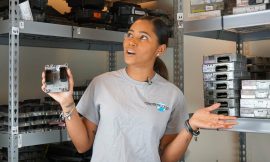
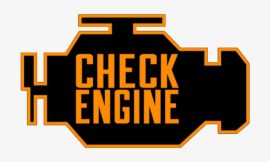
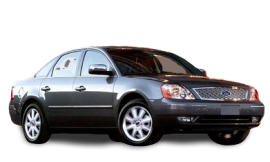
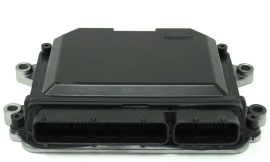
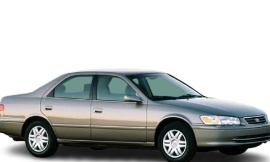
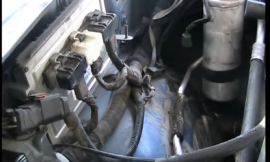
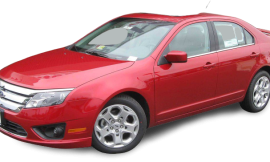

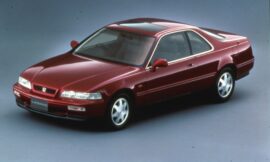
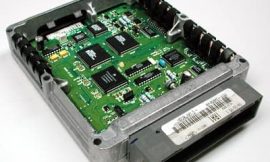
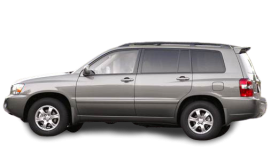

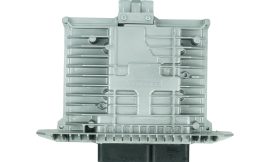
This guide & instructions on how to find VIN was very useful & informative.